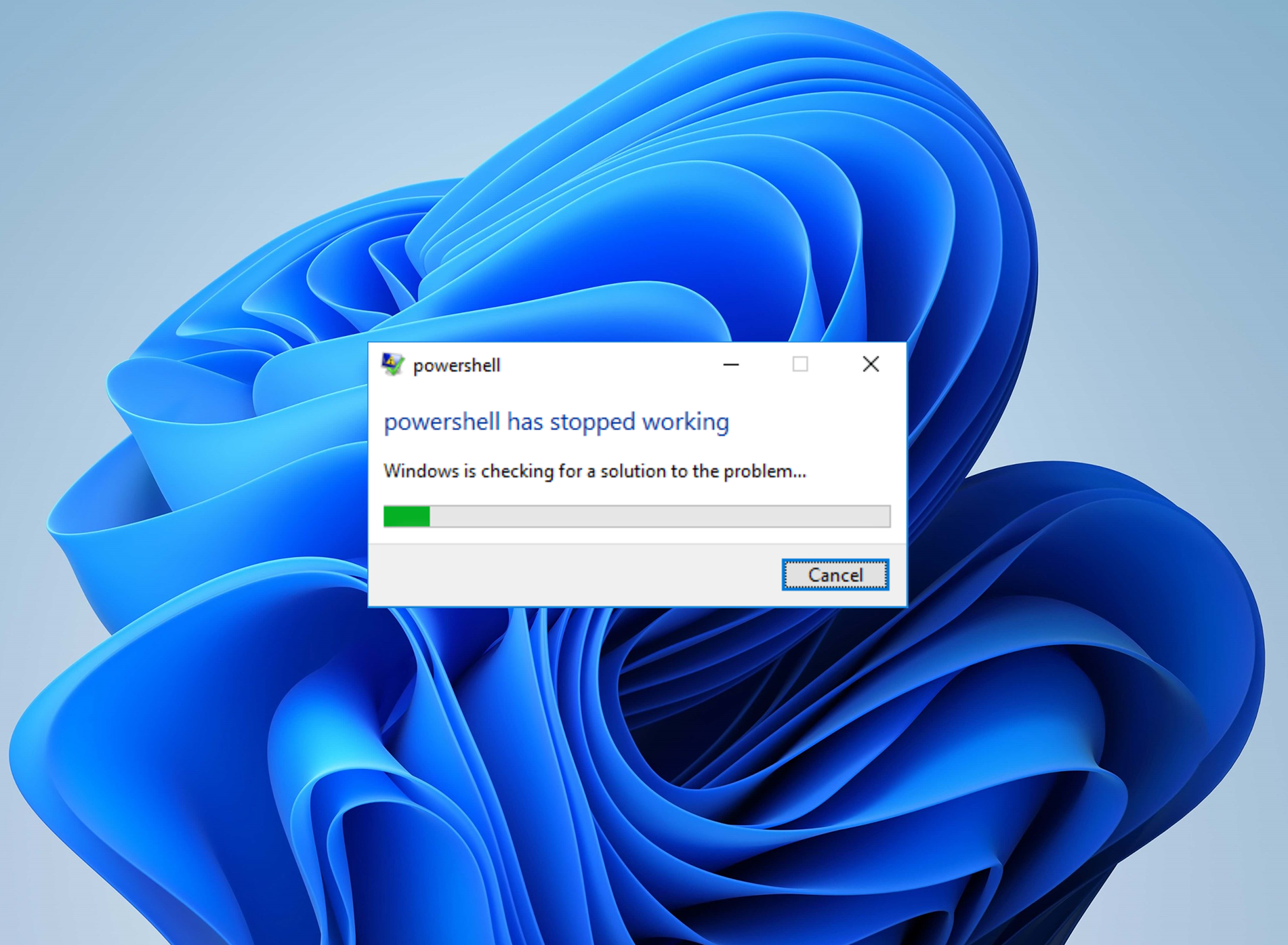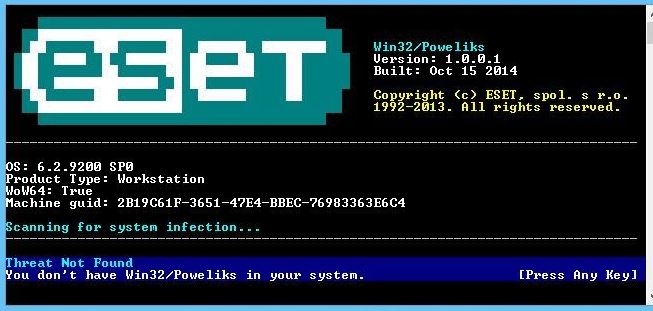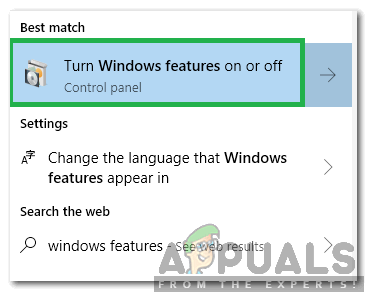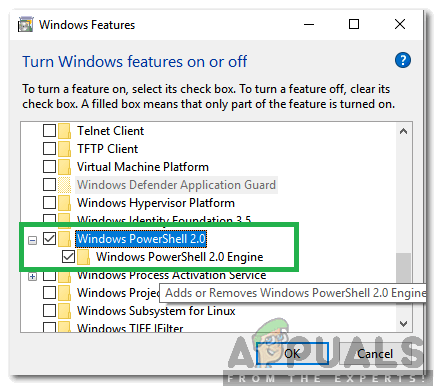How to Fix Powershell has stopped working Error?
When the PowerShell has stopped working error appears, it usually disrupts your workflow by forcibly closing PowerShell and sometimes even prevents scripts from executing properly. This error message generally indicates a crash within PowerShell due to various underlying issues. The most common cause of this error is a problem in the system or script execution that PowerShell cannot handle, leading to its sudden termination.

Additional causes include conflicts from running multiple scripts simultaneously, memory limitations, or corrupted PowerShell components. In many cases, this error occur simultaneously with high CPU usage or insufficient system resources that fail to support the load required by PowerShell operations. It’s also important to note that this error can be caused by external factors like malware or system corruption.
1. Use the ESET Poweliks Cleaner
Deploying the ESET Poweliks Cleaner targets the root of this error by directly removing the Poweliks virus. This specialized tool scans for the presence of the Poweliks trojan — a malicious code that is known to cause such errors — and effectively eliminates it, if found. Removing this virus not only resolves the immediate PowerShell issue but also contributes to the overall security and performance of your computer.
- Restart the computer and repeatedly tap the F8 key to access the Advanced Boot Menu. Press F8 before the Windows logo shows up, and at the post screen, continue tapping until the Advanced Boot Menu is displayed. If it doesn’t appear, you should repeat the procedure.
- In the Advanced Boot Menu, choose Safe Mode with Networking.

- Log into Windows; it will appear limited and stripped down in functionality, which is necessary to remove the Poweliks virus that is causing the PowerShell errors.
- Before you move to the next step, make sure that you have followed the steps in the guide titled “Your current security settings do not allow this file to be downloaded.” Then, return to this page and continue from step 5.
- After downloading, install and run the program. Then, scan your system and follow the on-screen instructions.
- Once complete, restart your computer and enter Safe Mode again, as outlined in Step 1.
- Next, click here to download Malwarebytes.
- Install and execute Malwarebytes.
- Perform a full system scan, address the detected issues, and then reboot back into Safe Mode. Refer to Step 1.
- Download the ESET Poweliks Cleaner.
- Run the downloaded file, ESETPoweliksCleaner.exe. If the system prompts you, click Run, then click Agree to accept the terms of use.
- If the ESET tool notifies you that Poweliks is detected, press the Y key on your keyboard to remove it. If not, then your system is clear.

2. Enabling PowerShell
When facing issues with PowerShell not functioning correctly, one possible explanation could be that the feature has been accidentally disabled or turned off within the Windows operating system. Re-enabling PowerShell through the Windows Features settings can restore its functionality, effectively resolving errors caused by its absence.
Essentially, this step makes sure that the PowerShell component is active and available for use, which is crucial for running scripts and various administrative tasks on your computer.
- Press the Windows + S keys together to open the search pane.
- Type Windows Features, and then click on the Turn Windows Features ON or OFF option.

Clicking on “Turn Windows Features ON or OFF” - Wait for the list to populate, scroll down, and search for the PowerShell or Windows PowerShell entry.

Selecting the “Windows PowerShell 2.0” option - Upon locating it, double-click to expand and tick both checkboxes.

Checking both boxes - Finally, click OK and verify if the issue has been resolved.